If you love cooking and want to keep your kitchen fresh and smoke-free, island cooker hoods are a game changer. They not only clear the air but also add a stylish touch to your space. With plenty of designs and sizes, you’ll find the perfect one that fits your kitchen vibe and cooking needs.
Island Cooker Hoods
Elevate your kitchen aesthetics and enhance ventilation with our stylish range of island cooker hoods
Product List
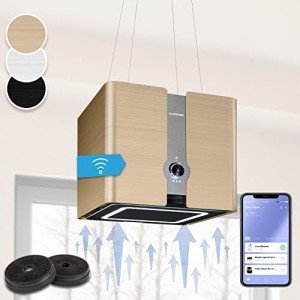


Klarstein Adjustable Island Hood
Klarstein
Product Review Score
4.72 out of 5 stars
195 reviews$516.59
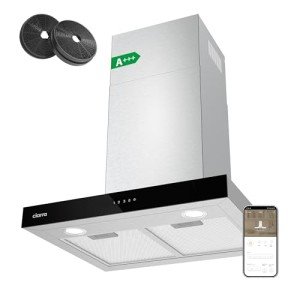
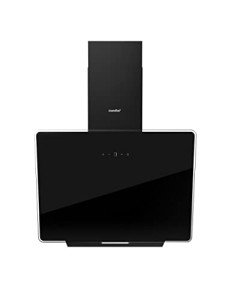
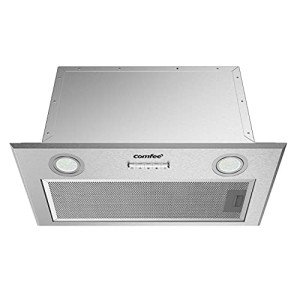
COMFEE' 52cm Stainless Steel Hood
Comfee'
Product Review Score
4.74 out of 5 stars
10 reviews$110.89
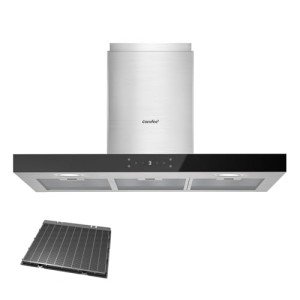
COMFEE' 90cm Stainless Hood
Comfee'
Product Review Score
4.23 out of 5 stars
33 reviews$263.55 $221.80
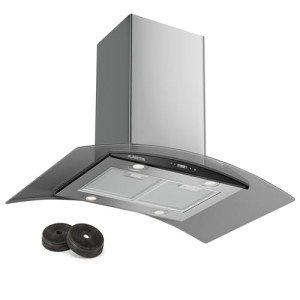
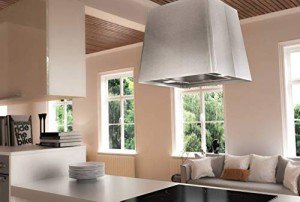
In modern kitchens, the aesthetic appeal is just as important as functionality. Open-plan living spaces have become increasingly popular, and with that trend, kitchen islands now serve as a central feature. One essential appliance in these setups is the island cooker hood. More than just a tool for removing smoke and odors, island cooker hoods contribute to the kitchen’s design while ensuring a clean and comfortable cooking space.
This post explores everything you need to know about island cooker hoods—from how they work, types available, advantages, installation considerations, and top features to look for.
What Is an Island Cooker Hood?
An island cooker hood (sometimes called an island range hood) is a ventilation system installed above a kitchen island. Unlike wall-mounted hoods, these are suspended from the ceiling and are designed for island cooktops located away from the walls. Their primary purpose is to extract airborne grease, steam, smoke, and odors produced during cooking.
Unlike smaller extractor fans, island hoods combine functionality with visual appeal, often becoming a centerpiece of modern kitchens.
Why Choose an Island Cooker Hood?
Island cooker hoods offer both practical and aesthetic benefits:
- Effective Ventilation: Keeps the kitchen air fresh by removing cooking-related pollutants.
- Design Element: Sleek and stylish, they enhance the overall kitchen look.
- Open-Plan Suitability: Designed specifically for kitchens where the cooktop is in the island.
- Lighting Enhancement: Many models come with built-in LED lighting.
- Versatility: Available in various designs and finishes to match different interior styles.
Types of Island Cooker Hoods
Island cooker hoods come in different variations, each suited to different kitchens and preferences.
| Type | Description | Best For |
|---|---|---|
| Chimney Island Hood | Traditional style with a visible chimney that extends from ceiling to hood. | Kitchens with higher ceilings and those preferring a more industrial look. |
| Ceiling Mounted Hood | Integrated into the ceiling for a discreet appearance. | Sleek, minimalistic spaces where visibility of the hood is not desired. |
| Suspended/Designer Hood | Aesthetic-focused, often featuring glass, curved finishes, or unique designs. | Contemporary kitchens that double the hood as a style statement. |
| Downdraft Extractor | Integrated into the island worktop, rising up only when needed. | Small kitchens or minimalist designs where ceiling suspension isn’t possible. |
Key Features to Look for in an Island Cooker Hood
When choosing an island cooker hood, consider these essential features:
- Extraction Rate – Indicates how fast the hood can clear the air, measured in cubic meters per hour (m³/h).
- Noise Level – A quieter hood ensures more comfortable cooking in open-plan spaces.
- Lighting – Integrated LEDs provide better visibility when cooking.
- Filter Type – Dishwasher-safe grease filters are common; some models also include carbon filters for recirculation.
- Size – The hood should match or slightly exceed the width of the cooktop for effective coverage.
- Control Options – Touch controls, remote controls, or smart connectivity features.
- Style – Stainless steel, glass, or matte finishes for harmony with existing kitchen décor.
Pros and Cons of Island Cooker Hoods
| Pros | Cons |
|---|---|
| Effective removal of cooking odors and steam. | Can be more expensive than wall-mounted hoods. |
| Acts as a stylish focal point in open kitchens. | Installation can be complex and may require professional assistance. |
| Available in various modern designs to suit different décors. | Ceiling strength must be considered to support the unit’s weight. |
| Integrated lighting for enhanced cooking visibility. | Noise levels vary; cheaper models may be louder. |
| Flexible extraction options: ducted out or recirculating. | May require more maintenance if regularly used for heavy cooking. |
Installation Considerations
Installing an island cooker hood requires careful planning:
- Ceiling Support: Ensure the ceiling can bear the weight of the hood.
- Height: Ideally installed 65–75 cm above the cooking surface for maximum efficiency.
- Ducting: For extraction models, efficient duct routing to the outside is essential.
- Power Source: Position the hood close to electrical connections.
- Professional Installation: Recommended to avoid structural and performance issues.
Maintenance Tips for Longevity
To keep an island cooker hood performing efficiently:
- Clean Filters: Wash grease filters regularly, ideally once a month.
- Replace Carbon Filters: For recirculating models, replace every 6–12 months.
- Wipe Surfaces: Use a non-abrasive cleaner to maintain the finish.
- Check Ducting: Ensure ducting is free from blockages or grease buildup.
- Service Regularly: Have a technician check the motor and lights annually.
Cost of Island Cooker Hoods
The price of island cooker hoods can vary widely depending on brand, size, and features.
| Category | Typical Price Range (GBP/GBP) | Details |
|---|---|---|
| Entry-Level | £300 – £700 / £250 – £600 | Basic models with standard features. |
| Mid-Range | £700 – £1,500 / £600 – £1,200 | Higher extraction rates, quieter operation. |
| Premium/Designer | £1,500 – £4,000+ / £1,200 – £3,000+ | Luxury designs with advanced controls. |
FAQs About Island Cooker Hoods
Q1: Do island cooker hoods need to be ducted outside?
Not necessarily. Island hoods can either extract air outside (ducted) or recirculate it back into the kitchen after filtering. Ducted models are usually more effective, but recirculating ones are easier to install.
Q2: What size island cooker hood do I need?
The hood should be at least the same width as the cooktop, ideally slightly larger, for full coverage. For example, a 90cm cooktop pairs best with a 100cm hood.
Q3: Are island cooker hoods noisy?
Noise levels vary by model. Premium models often feature quiet motors and sound insulation, while budget options may be louder.
Q4: Can I install an island cooker hood myself?
DIY installation is possible, but due to ceiling reinforcement and ducting requirements, professional installation is highly recommended.
Q5: How often should I clean the filters?
Grease filters should be cleaned monthly, while carbon filters for recirculation should be replaced every 6–12 months depending on usage.
Final Thoughts
Island cooker hoods are more than just ventilation appliances—they are design statements that elevate the heart of the home. Whether opting for a sleek ceiling-integrated hood, a striking suspended glass design, or a powerful traditional chimney hood, the right choice depends on kitchen layout, cooking habits, and personal style preferences.
For those embracing open-plan living, an island cooker hood ensures fresh air, reduced odors, and a more comfortable cooking environment. With careful consideration of size, features, and installation requirements, homeowners can invest in a hood that balances both form and function beautifully.